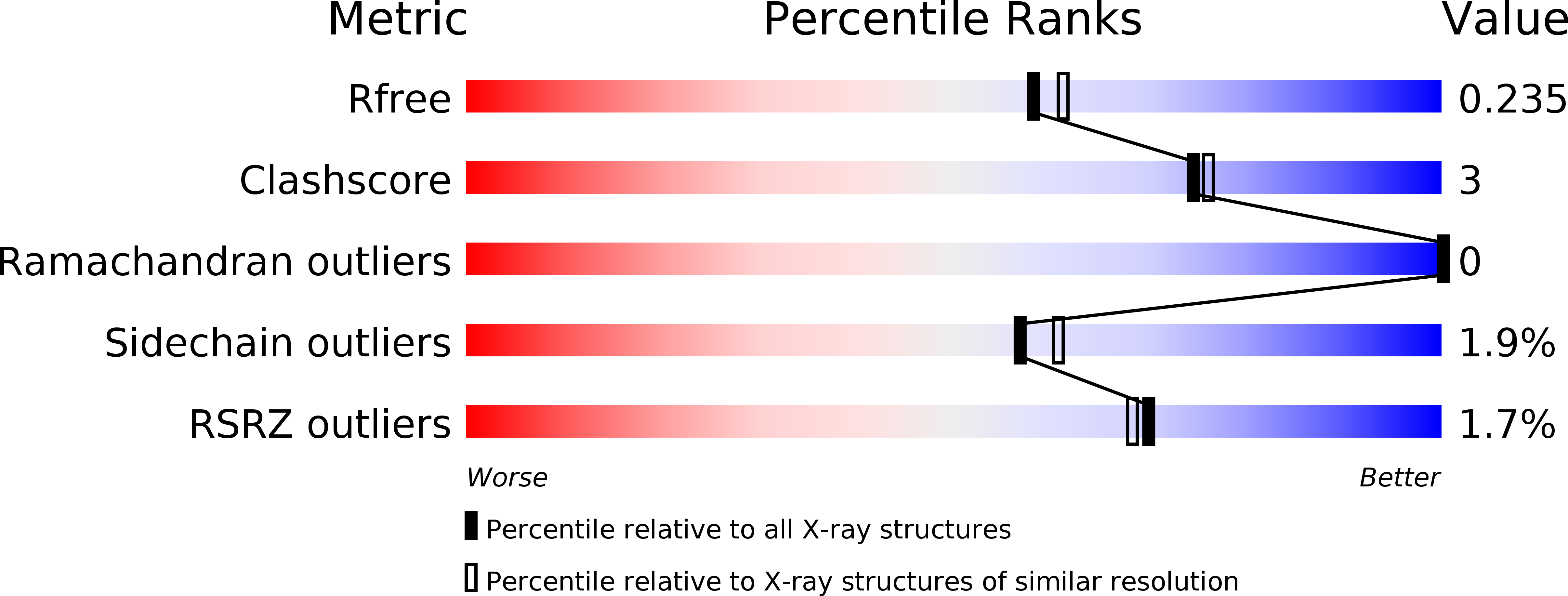
Deposition Date
2006-02-24
Release Date
2006-07-11
Last Version Date
2023-08-30
Entry Detail
PDB ID:
2G6Q
Keywords:
Title:
Crystal structure of ING2 PHD finger in complex with H3K4Me3 peptide
Biological Source:
Source Organism:
Mus musculus (Taxon ID: 10090)
Host Organism:
Method Details:
Experimental Method:
Resolution:
2.00 Å
R-Value Free:
0.23
R-Value Work:
0.22
Space Group:
P 32 2 1


